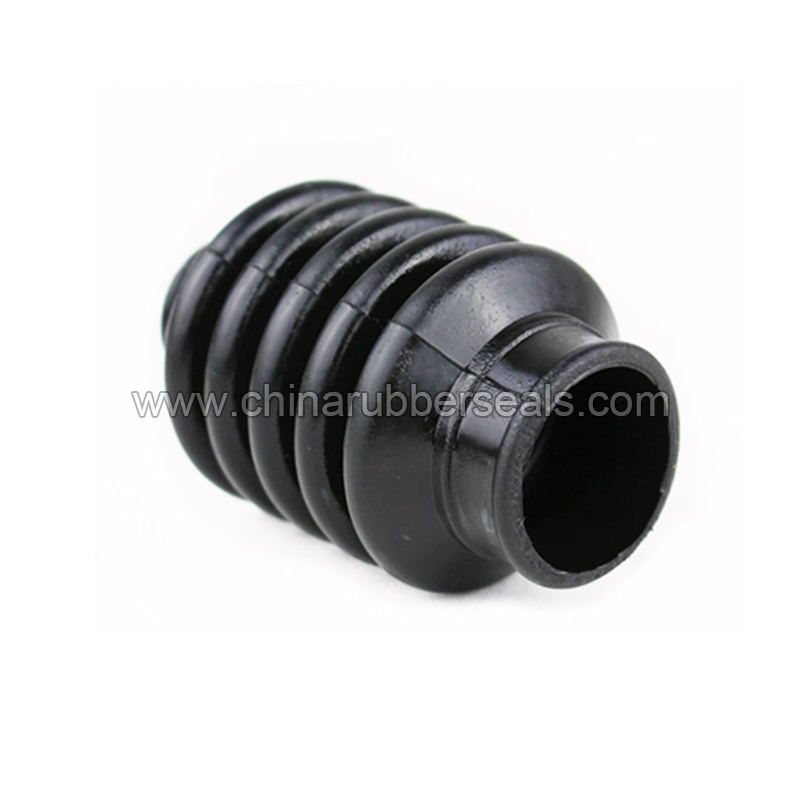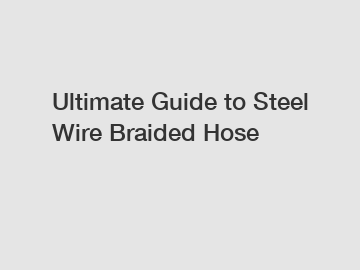Understanding the Working Principle of Expansion Bellows
Sep. 27, 2024
HESPER are exported all over the world and different industries with quality first. Our belief is to provide our customers with more and better high value-added products. Let's create a better future together.
Expansion bellows play a crucial role in maintaining system integrity across a myriad of industries, from heating and cooling systems to petrochemical plants. Although these components may seem simple at first glance, their design and functionality are rooted in complex engineering principles that enable them to absorb movement, vibrations, and thermal expansion. Let's delve into the intricacies of expansion bellows and explore how they work.
The Essential Purpose of Expansion Bellows
At their core, expansion bellows are flexible devices designed to accommodate changes in pipe length due to thermal expansion and contraction. They provide a critical buffer to absorb the stresses that arise from temperature fluctuations, preventing damage to piping systems and associated components. This absorption capability is essential for avoiding leaks, minimizing noise, and ensuring a safe operational environment.
Design and Composition
Expansion bellows are typically made from materials like stainless steel, rubber, or Teflon, depending on their intended application. The choice of material is fundamental, as it directly affects the bellows’ durability, flexibility, and performance under various conditions, including pressure and temperature extremes.
The design usually features a convoluted shape that allows for axial, lateral, and angular movements. These convolutions are the wavy patterns seen on the surface of the bellows. They act like springs, enabling the bellows to absorb a notable degree of movement while maintaining a hermetic seal.
Working Principle Explained
When a pipe experiences thermal expansion due to heat, it elongates. Expansion bellows come into play at this point; their inherent flexibility allows for realignment of the piping system without subjecting the components to excessive stress. When heat is applied, the bellows flex and accommodate the increased length of the pipe. Conversely, when the system cools down, they can revert to their original position without damage.
This dynamic movement can be broken down into three primary modes:
Related links:Spiral HDPE Pipe vs. Traditional Pipe: Performance Comparison Revealed
Essential Tips for Maintaining Your Outside Water Pipe
Exploring the Many Types of Hoses
Exploring the Top Gates AC Fittings Catalog
Top 7 R1/1SN Hose Products You Need!
Sae Cover vs Traditional Cover: Which is Right for You?
Everything You Need to Know About OEM Wire Spiral High Pressure Hydraulic Hose
- Axial Movement: This is the most common type of movement a bellows will encounter, especially in systems where variations in temperature are frequent. When pipes extend or contract, the bellows accommodate these changes to sustain optimal system integrity.
- Lateral Movement: When pipes are misaligned due to installation errors or thermal variation, lateral bellows help compensate for these misalignments by allowing sideways movement. This additional layer of flexibility protects the pipe joints from becoming loose or leaking.
- Angular Movement: Sometimes pipes may be subject to rotational forces that cause them to twist. Angular bellows provide a straightforward way to manage this type of movement, protecting the integrity of the system.
Applications of Expansion Bellows
Expansion bellows are utilized in numerous applications, including:
- Pipelines: For transporting fluids like gas or oil where temperature changes can lead to significant expansion and contraction.
- HVAC Systems: In heating and cooling systems to accommodate thermal fluctuations and vibrations, preserving the lifetime of both the piping and the mounted equipment.
- Steam Systems: In power plants, where steam can cause dramatic increases in temperature, expansion bellows mitigate potential damage.
- Manufacturing Equipment: In processes with high levels of mechanical movement, where vibrations could compromise the system.
Benefits of Using Expansion Bellows
The advantages you gain from employing expansion bellows are numerous:
- Protection of Equipment: They help protect pipes and other connected equipment from thermal and mechanical stresses.
- Reduction in Maintenance Costs: By preventing leaks and damage that necessitate repairs, expansion bellows contribute to lower maintenance expenditures over time.
- Enhanced Performance: Improved system performance due to reduced noise and vibration significantly contributes to operational efficiency.
Challenges and Considerations
While expansion bellows offer many benefits, they are not without challenges. A poorly designed or installed bellows can lead to catastrophic failures. Furthermore, variations in pressure and temperature must be evaluated to choose the right type and material for the application. Regular maintenance and inspection are essential to ensure that bellows remain functional, especially in demanding environments.
The Conclusion
Understanding the working principle of expansion bellows is essential for anyone involved in maintaining or designing piping systems. Their ability to absorb thermal expansion, mechanical movement, and vibrations is what sets them apart as critical components in various engineering applications. Equipped with this knowledge, engineers and technicians can promote the longevity and efficiency of their systems, all while ensuring safety and reliability.
If you want to learn more, please visit our website expansion bellows working principle.
Related links:Sae 100 R9 vs Other Hydraulic Hose Options: Comparison
How Does Hydraulic Hose Work?
How Does stainless steel braided hydraulic hose Work?
How do I choose a packaging machine for my business needs?How do you select the best smooth surface hydraulic hose for your industrial equipment?
10 Questions You Should Know about Steel Wire Braid Hydraulic Hose Cost
Unveiling the Ultimate Guide to Hydraulic Hose Manufacturing
Which industries benefit from SAE 100 R9?
131
0
0
Related Articles
-
448
0
0
-
432
0
0
-
336
0
0
-
368
0
0
-
276
0
0
-
338
0
0
-
386
0
0
-
DIN EN853: Everything You Need to Know About Hydraulic Hose Standards
**Q&A: DIN EN853: Everything You Need to Know About Hydraulic Hose Standards**.
374
0
0







Comments
All Comments (0)